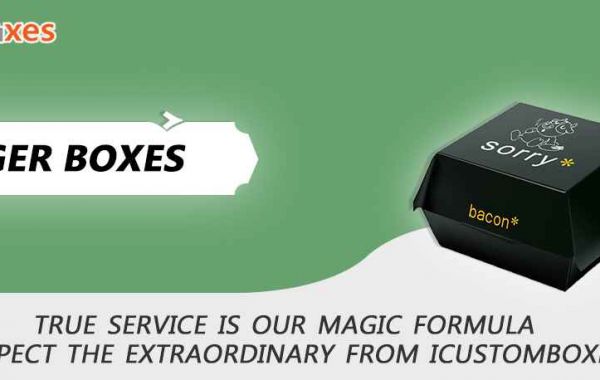List your client as an employer
Adding freelance work to your resume can be a great way to show your talents and experience. But, there are a few things you should know before you begin. You want to make sure that the work you add to your resume is relevant to the job you're applying for. And you don't want to go overboard with freelancing.
First, you want to create a company name. Then, you want to create a detailed description of your work. This will help you get past client referrals and give you a leg up when it comes to a hiring process.
Next, you'll need to list your clients. You should include their names and the dates of the work you did for them. You can also mention the type of work you did for each of them. For example, if you worked for a marketing company, you might want to include a brief description of your services, like "provided social media consulting and content for a website."
You should not list every project you've done. Instead, you should focus on the projects that have been most successful. Similarly, you should avoid listing any work that was done for a client in a confidential capacity.
Format your resume according to skillset
Using freelance work in your resume can be a great way to show potential clients what you have to offer. However, you need to make sure your skills and experience are relevant to the job you're applying for. Here are a few tips to help you format your resume according to your skillset.
The first thing you need to do is identify what you're good at. You can do this by looking at your job descriptions. This will give you an idea of what you can do, and help you determine how to approach a client.
Next, you need to list your most recent experiences at the top of your resume. This will make it easier for hiring managers to see the most relevant experience for the position.
You may also want to include smaller projects that demonstrate your skills. You can also list awards and team accolades that demonstrate your achievements.
Build trust with potential clients by implementing a personal evergreen content strategy for LinkedIn
Creating a personal evergreen content strategy for LinkedIn is an excellent way to build trust with your potential clients. When you create content that is informative, engaging and useful, it will keep your audience on your site longer, and help you attract new clients.
One great way to create a personal evergreen content strategy for LinkedIn and other social media platforms is to share a history of your industry or product. These stories will be compelling and can be a great way to establish your authority in your niche. Using these examples, you can also include behind-the-scenes clips, live sessions, and videos explaining how you differentiate yourself from other competitors.
Another great way to develop a personal evergreen content strategy for LinkedIn or other social media platforms is to interview a customer or a colleague. This type of content will give your prospective clients a chance to get to know you better and understand how you can help them. You will also be able to show your expertise by addressing their questions and concerns. You can even publish this information for all to read.
About the Author:
Dan M. is a resume and CV writer who has been working in the recruiting industry for over 10 years. He has written resumes for clients of all industries and levels of experience, from entry-level to executive. Dan is also a certified resume writer and member of the National Resume Writers' Association.







